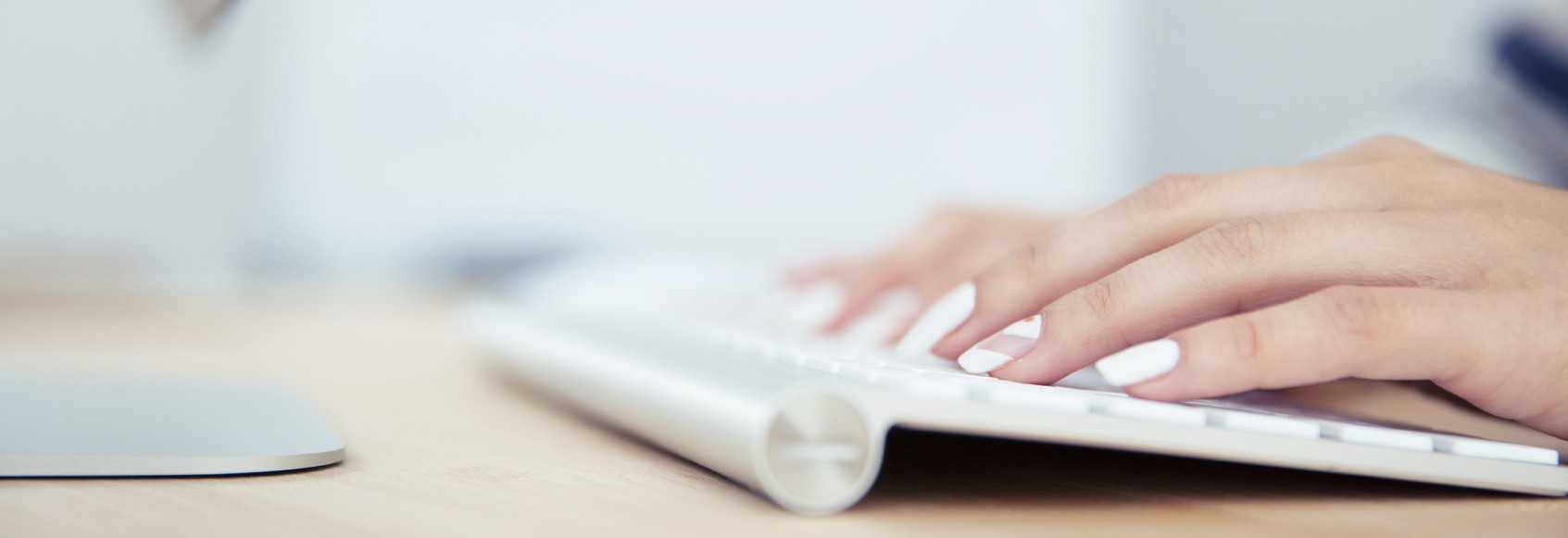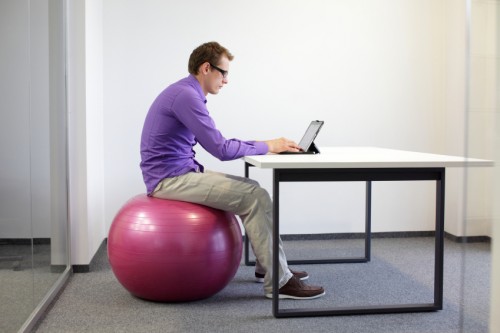
Sitting at a desk in the office all day isn’t a zero-effort endeavor; your body compresses, grinds, and worries away at your joints and muscles when you sit that long. Add in repetitive motions from typing, writing, drawing, etc., and it’s easy to wear yourself to nothing over years of the 9-5. Fortunately, there are exercises you can do to prep your body for the daily grind and long office hours, keeping you fit and healthy all the way until retirement.
Prepping Your Body for Long Office Hours
Upper Back and Shoulders
 Developing your body for naturally improved posture’s important for anyone whose job involves long hours at a desk—it’s difficult to combat bad posture when you’re distracted by work as is, no need to have physical limitations adding an additional layer of difficulty.
Developing your body for naturally improved posture’s important for anyone whose job involves long hours at a desk—it’s difficult to combat bad posture when you’re distracted by work as is, no need to have physical limitations adding an additional layer of difficulty.
For your upper back and shoulders, you want exercises such as pullovers, pull-ups, and pulldowns. Make sure your form is right, or you’ll cause more problems than you’ll cure.
Lower Back
Perhaps the most troublesome area of the office worker’s body, your lower back deserves special attention. Be very careful with your form during all lower back exercises, as it’s easy to cause minor to major agitation, which will only make your office hours worse.
For exercises, there are plenty of classics to consider. Deadlifts, back extensions, and various bent-over row variations will help you strengthen the muscles of your lower back and improve your seated posture. You’ll find it much more natural to maintain good sitting habits when your muscles aren’t getting tired and giving out by hour two of an eight-hour shift.
Hands
If you’re doing weight training, your hands may be getting plenty of work, but it’s worth paying special attention just in case. Stretches and exercises for hands tend to be fairly simple, and you can do most of them anywhere.
Hold each of these for 30 seconds to a minute, repeating each 3-5 times.
- Make a fist and hold it.
- Flatten your hands against a table.
- Fold your fingers and thumb with an open hand, making a claw.
After that, do these exercises. Repeat each 10-15 times, but don’t overdo it; take 48 hours between rounds:
- Squeeze a soft ball for as hard as you can for several seconds.
- Pinch a soft ball or putty between fingers and thumb, hold for 60 seconds.
Wrists
If you do a lot of typing, you might be well on your way to wrist problems. Weight training programs combined with proper ergonomic keyboards, seating, desks, etc. will handle most of your problems, but for a little extra assurance, make sure you stretch your wrists regularly.
Match your fingertips together and do hand-against-hand pushup motions.
Shake your hands as if you’re trying to dry them, for a minute or two every few hours.
Extend one arm, then use the other to gently press your hand down as far as it can comfortably go; hold for 20 seconds.
Follow ups
After each of these exercises, make sure you work in some stretches and, when possible, a deep tissue massage (easily self-applied with a tennis ball). This will keep your body loose, encourage quick recovery, and help you relax after you get your blood pumping—all important tricks for keeping the office day from wearing you down.



This is great advice. Thanks!